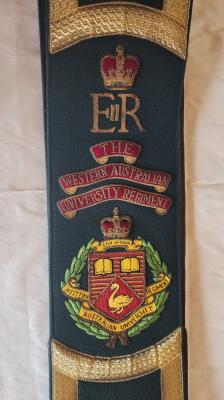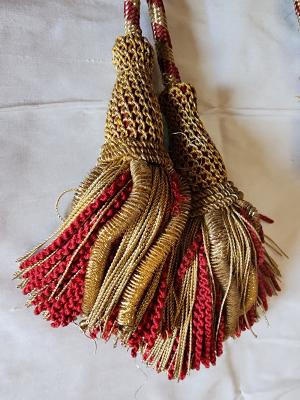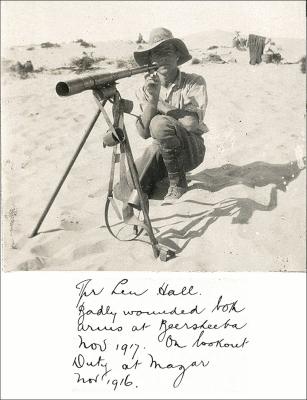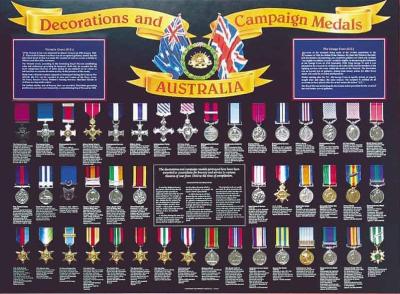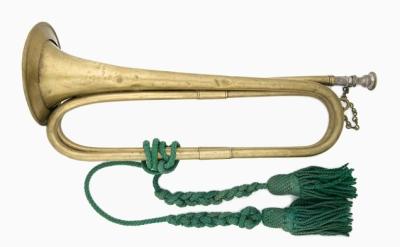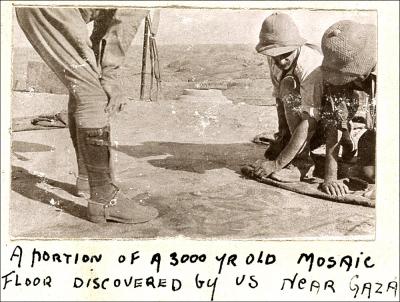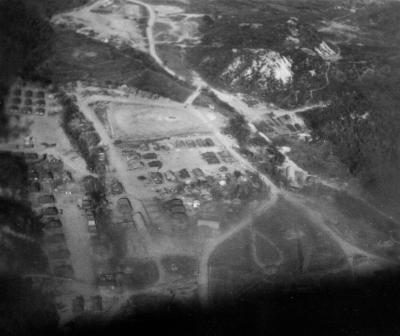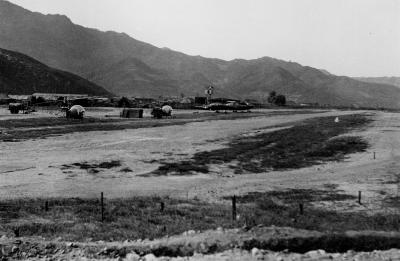Great Highland Bagpipes
The great Highland bagpipe (Scottish Gaelic: a' phìob mhòr pronounced [a ˈfiəp ˈvoːɾ] lit. 'the great pipe') is native to Scotland, and has acquired widespread recognition through its usage in the British military and in pipe bands throughout the world.
In the 21st century combatants go to war armed with tanks, fighter planes and warships. It may surprise people to learn that, until 1996, the British government considered the bagpipes to be a bona fide weapon of war.
The classification goes back to the last of the Jacobite Risings. In 1745, Charles Edward Stuart launched an uprising in the Scottish Highlands to reclaim the British throne for his father. Despite some initial successes, Stuart’s forces were crushed at the Battle of Culloden on April 16, 1746.
James Reid was one of several pipers who played at Culloden and were subsequently captured. He was taken to England and put on trial for treason. Reid’s defense was that he was a noncombatant and carried only a bagpipe on the field. However, the commission appointed to the treason cases disagreed.
The commission was headed by the chief baron of the Court of Exchequer who reasoned that Highland regiments “never marched without a piper; and therefor [Reid’s] bagpipe, in the eye of the law, was an instrument of war.” Reid was found guilty of treason and hanged in York, England on November 15, 1746.
The commission’s ruling is considered the first to declare a musical instrument to be a weapon of war. It set a precedent that lasted for hundreds of years. In fact, when they were captured in combat, bagpipes were not inventoried as musical instruments like drums or bugles. Rather, they were listed as weapons along with sabers, rifles, and munitions.
Some 2,500 pipers served in the First World War - in British and other Empire regiments. 600 were wounded and over 500 killed. As we know Scottish-born Anzac Piper Archibald Monk piped the Australian nurses of the 3rd Australian General Hospital into the hospital site at West Mudros on Lemnos on 8th August 1915.
Details
Details
The Australian Army Museum of Western Australia example has a Black Watch tartan bag cover
Australian Army Museum of Western Australia
Australian Army Museum of Western Australia
Other items from Australian Army Museum of Western Australia
- Uniforms and Regalia - Colour Belt West Australian University Regiment
- Uniforms and Regalia - Regimental Colour Cords - Western Australian University Regiment
- World war 2, Honour Roll - E Company, 2/4 Machine Gun Battalion
- Honour Board - Heavy Anti-Aircraft Troop 455, GUY, 1945
- World War 1, South West Asia, Sinai, Bir al Mazar, 52 HALL, 10 Light Horse, 1916
- Medals - Combined Display of Imperial Honours and Awards
- World War 1, South-West Asia, Egypt, Suez Canal, 10 Light Horse, 1915
- Australian Army Trumpet
- World War 1, South-West Asia, Sinai, Shellal Mosaic Discovery, 10 Light Horse, 1917
- Post 1945, North-East Asia, Korea, Imjin River, 2 RAR, 1953-54
- Post 1945, North-East Asia, Korea, 2 RAR, 1953-54
- Post 1945, North-East Asia, Korea, 2 RAR, 1953-54
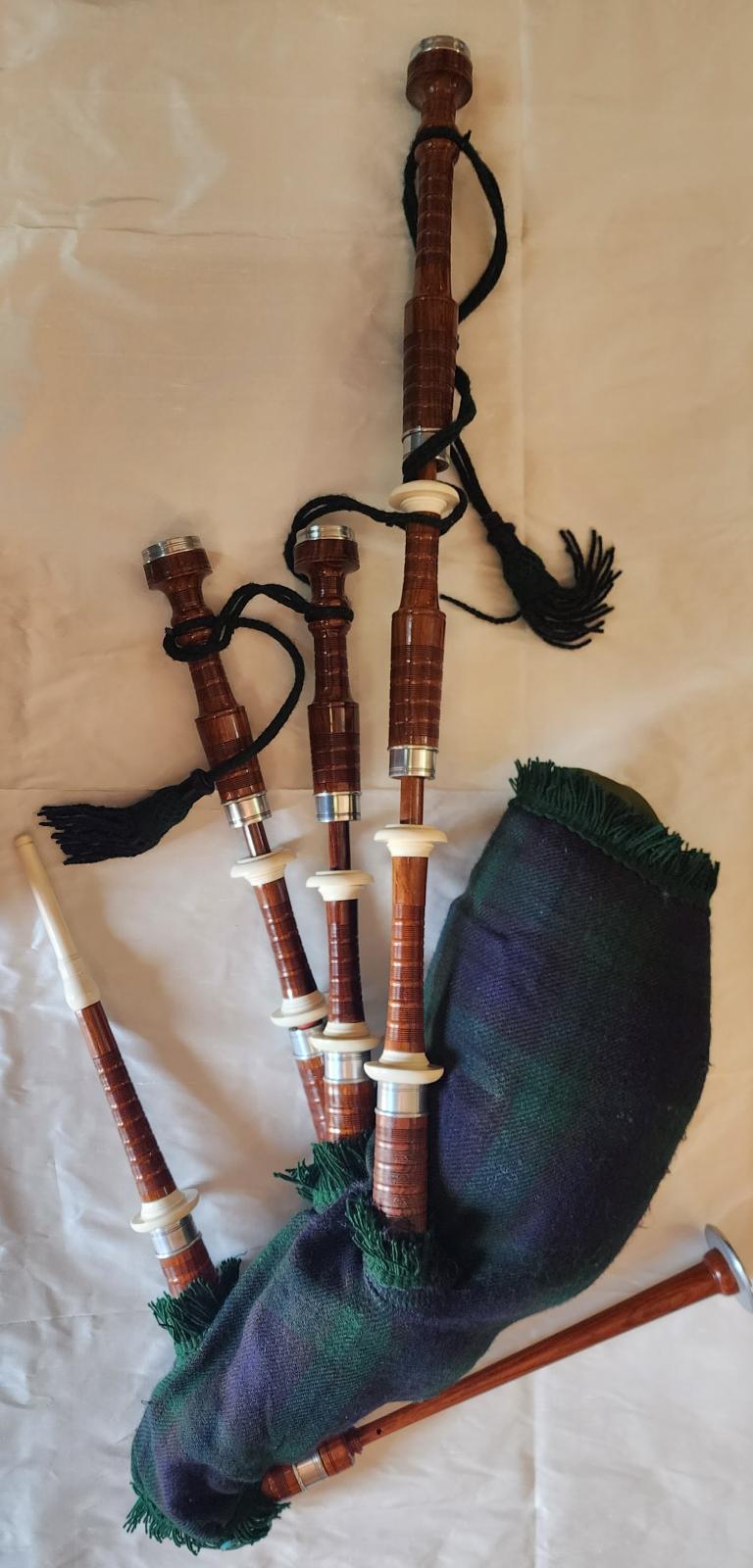
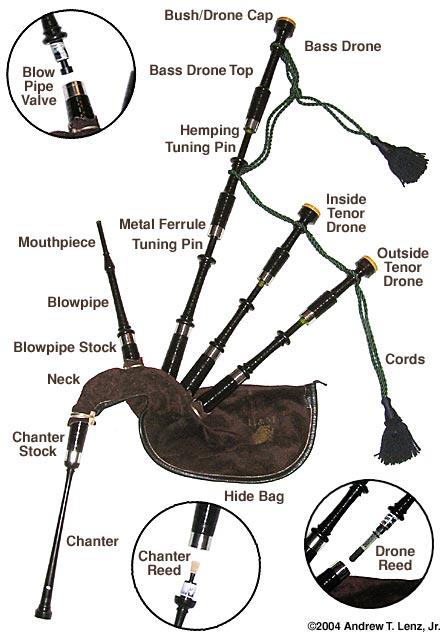

Scan this QR code to open this page on your phone ->

